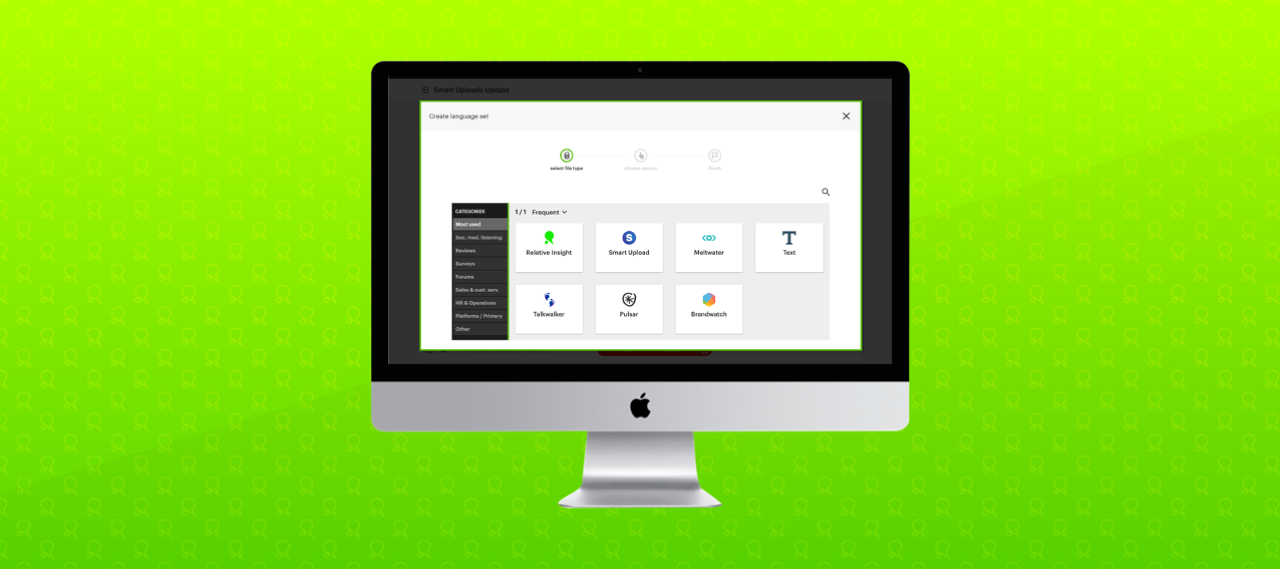Simplifying unstructured qualitative data management

Qualitative data management can be time-intensive and often slows down research and analytics teams. With the latest improvements to Smart Upload, you can easily upload data from nearly any source directly into Relative Insight for analysis and save custom import templates for convenient future use.
Flexible & Efficient Qualitative Data Management
Robust research, whatever the topic, almost always draws on multiple sources. But unifying data for analysis can be challenging when contending with conflicting formats and file types. It becomes even more cumbersome when working against rigid formatting restrictions that require the export and population of templates.
Flexibility to handle various data formats is particularly important when considering expanding efforts to break down organizational data silos. Any increase in sharing of information across teams and systems is likely to be accompanied by increasingly complex data management needs.
Building scalable data flows requires flexibility. This is especially so when large investments in ERP platforms or a robust information infrastructure are not realistic options.
Smart Upload
Smart Upload delivers an efficient and flexible solution that enables the upload of most data sets in just a few seconds. The feature allows users to upload any spreadsheet file, regardless of format, column headers or date format. Relative Insight’s text analytics engine intelligently classifies columns as text to be analyzed, dates or other metadata. Users can review the suggested classification, remove unneeded data points and be onto the insights in minutes. This frees up time to focus on producing the best insights and deliverables for stakeholders.
Custom Data Upload Settings
Users can save custom upload settings for their qualitative data management so similar files can be uploaded and ready for analysis in one click. Saved settings are shared so others on your team can easily reuse your presets when working with similar files. This approach can scale to support large volumes of data (we’re talking millions of words), all while delivering many of the benefits of direct API connections without the costs and development time.
When a source data format changes or new data points are added, simply run the file through Smart Upload again and save the new configuration.
Access Smart Upload when uploading data via the Data Library. Visit our Help Centre for the step-by-step guide to Smart Upload.